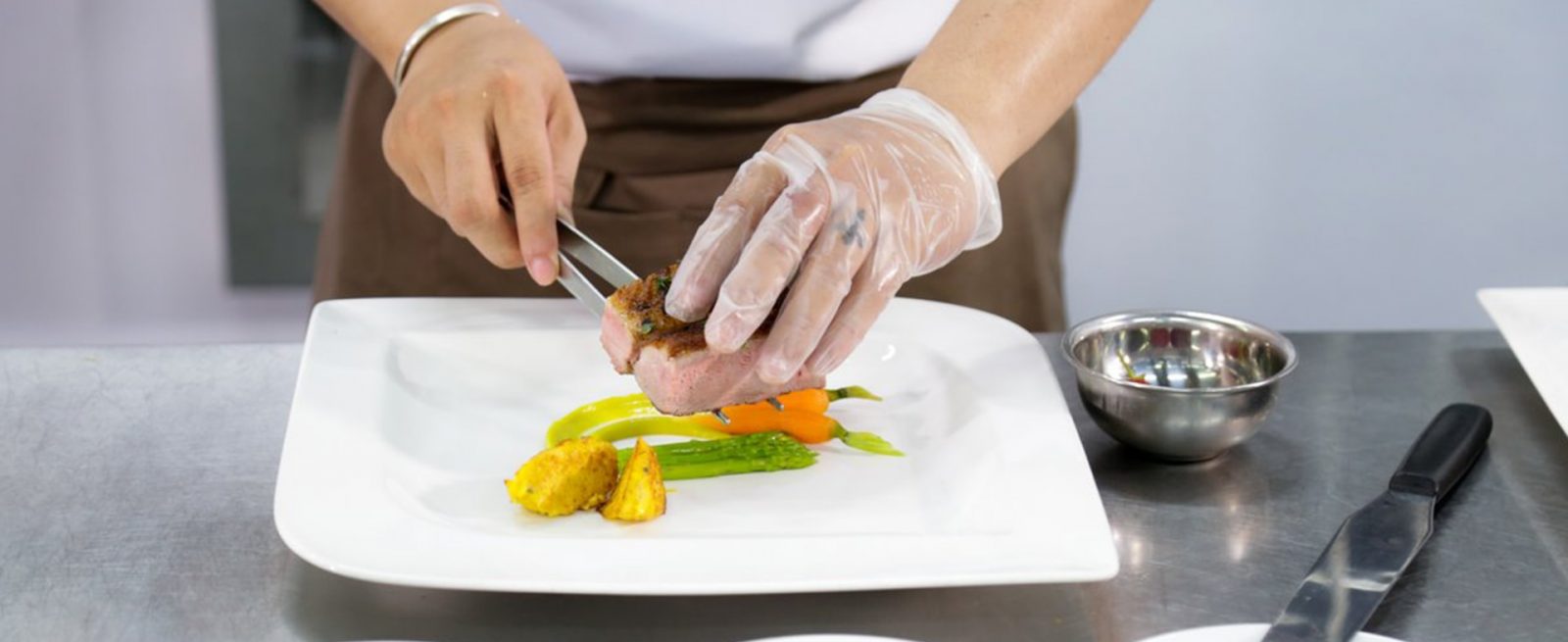Managing Risk: Prevent Foodborne Illness, Protect Your Restaurant
3 Min Read By Placito Miceli
According to the Centers for Disease Control and Prevention (CDC), an estimated 48 million Americans get sick each year from a foodborne illness. Of those, 128,000 are hospitalized and 3,000 die.
The worst part is, this type of illness is largely preventable
Restaurant owners and operators need to take active steps to prevent foodborne illness from coming out of their kitchens. To do so, they will need to create a complete food safety program to protect the restaurant itself from reputational harm and financial crisis.
Five Steps to Prevent Foodborne Illness
No restaurant wants the headache of facing a room full of ill diners. Following these steps can lessen the risk and help keep your restaurant – and your diners – safe.
1. Wash your hands. Often. Restaurant workers report how often they wash their hands is influenced by small issues such as sink availability, time pressure and a lack of consequences for not washing hands. Your workers will take short cuts. Yet improving handwashing practices is critical to preventing outbreaks of foodborne illnesses such as norovirus, E. coli and salmonella. Make sure your employees understand when to wash their hands as well as appropriate times to use (and change) gloves.
2. Clean, sanitize and disinfect. Teach your staff about the three levels of cleanliness:
- Cleaning is removing the top level of dirt.
- Sanitizing is using a chemical agent to kill bacteria on surfaces.
- Disinfecting is leaving that chemical agent on the surface for a period of time to kill off viruses or other pathogens.
It’s critically important that restaurant workers follow instructions carefully to bring surfaces to a truly clean state. Without this precaution, they increase the risk of contamination.
3. Avoid cross-contamination. Cross-contamination occurs when microbes travel from one place to another. This may occur when raw meat touches another ingredient, or when a potential allergen touches another area of the kitchen. It’s a good idea to separate different areas of the kitchen to keep them from contaminating each other. Whether it’s separating raw meat from pre-cooked foods or cleaning materials from edible ingredients, mixing different types of items can be dangerous.
4. Educate your diners. Obviously, you can’t serve a piece of undercooked poultry to a diner and expect to avoid trouble. But if you run a steakhouse or a sushi bar – or any other restaurant specializing in high-risk foods – it’s a good idea to include a disclaimer on your menu spelling out the risks. Wait staff should also remind diners of the risk as appropriate.
5. Train your staff. Be sure all your employees, from wait staff to managers to chefs, have been certified in food safety. Establishments should rely on a wide variety of training courses to ensure those with minimal experience in a restaurant are aware of all the issues discussed above as well as the message that food safety is important in your restaurant.
Best Practices for Restaurateurs
Despite your best efforts, it may not be practical to expect perfection. Restaurant owners and operators looking to actively protect their establishments from the risk of foodborne illness should consider these best practices:
- Establish a formal plan, including clear responsibilities for all employees. Require every staff members to participate in safety training and safe food handling practices, and make food safety a priority throughout the organization.
- Gain buy-in for the plan from the management team. This means including the CEO and the managers in safety training and ensuring they understand what’s at stake. Food safety isn’t just about sick diners; it’s about your organization’s reputation.
- Share your food safety plan with staff members, and train them to follow it. Training should be targeted and practical, rather than generic. Use checklists or other simple measures to ensure everyone is on board, and make following the plan a competition, if necessary, to increase employee engagement.
- Finally, some restaurant owners and operators may consider securing insurance coverage to close the risk gap even more. Protect your establishment with coverage that can help you defend against food recalls, business interruption costs and other related issues.


